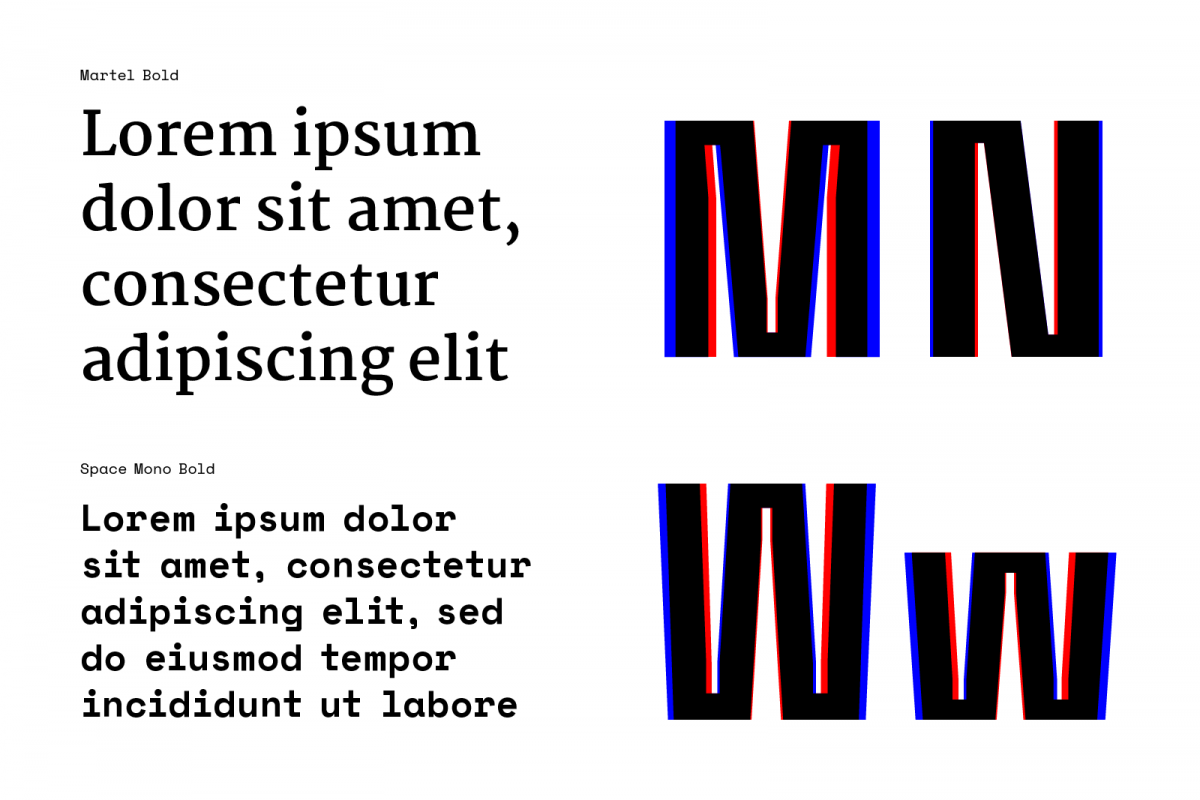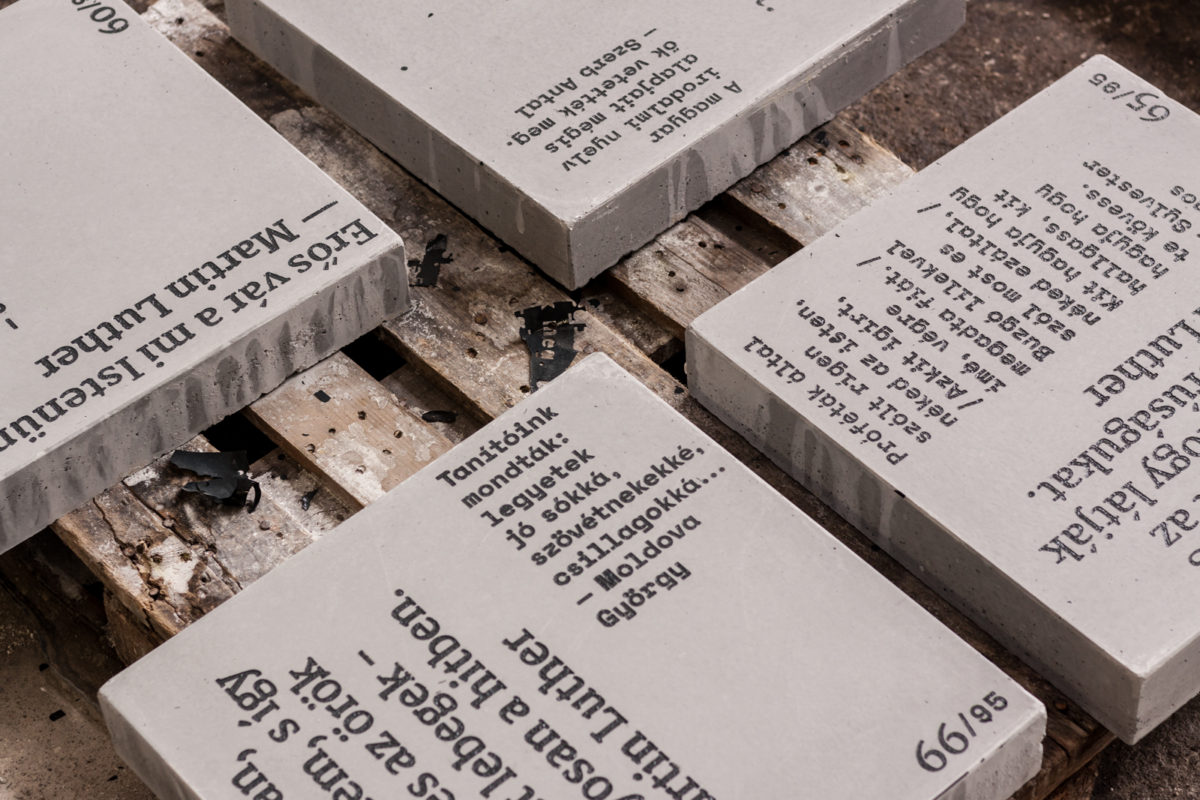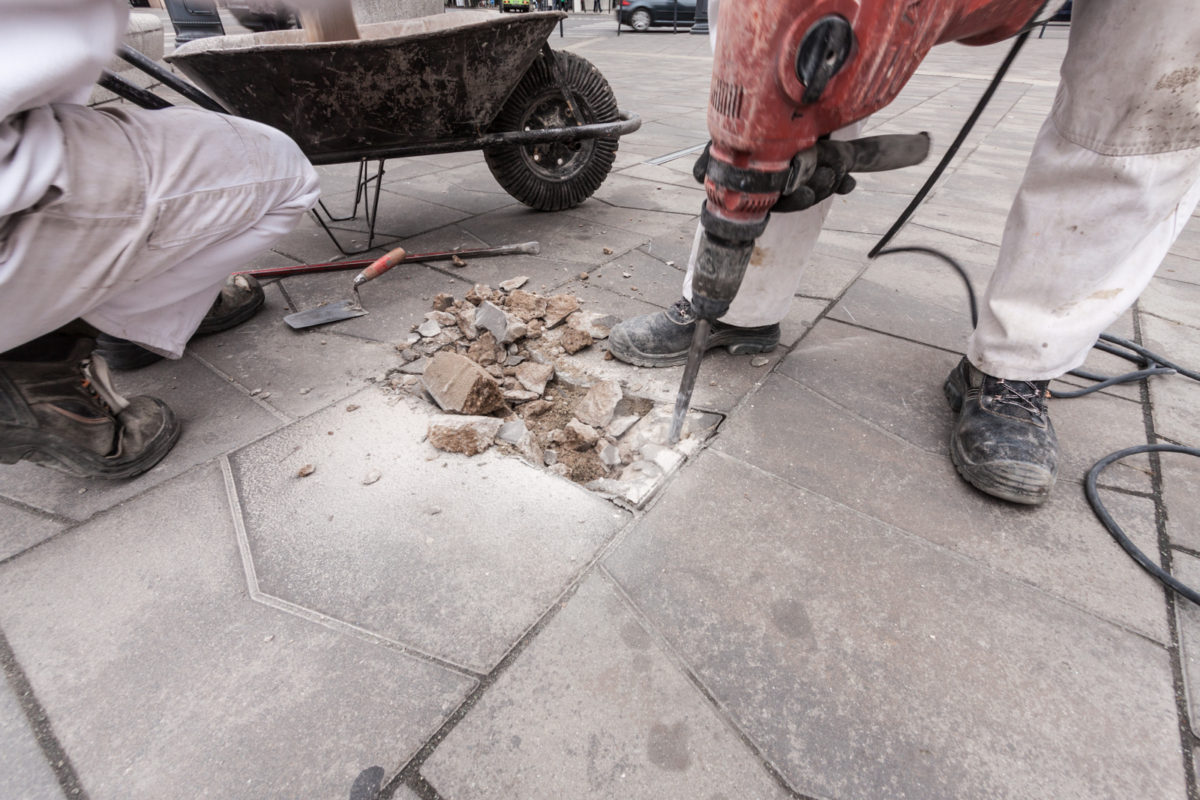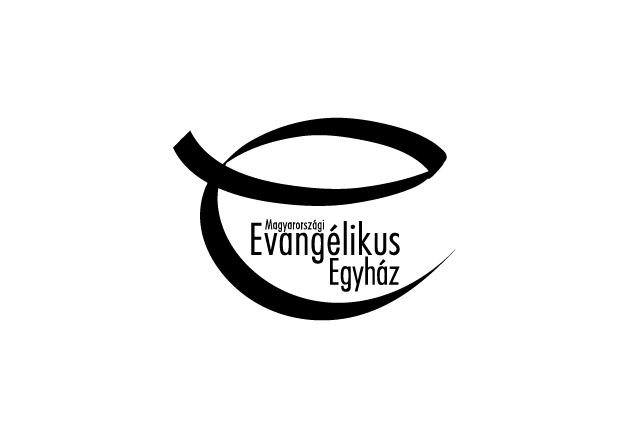#TheWordNowSpeaksToYouInHungarian
00 – Background
The Reformation is arguably a crucial part of European as well as Hungarian history. It emerged as a religious and cultural paradigm shift 500 years ago, on October 31, 1517, in Wittenberg, when Martin Luther famously posted his 95 theses on the door of a castle church. Luther’s act – followed by similarly progressive gestures from many other preachers e.g. Calvin, Zwingli, Melanchthon – had an effect far beyond the renewal of the church: on nearly every aspect of society, art and economy.
But for us Hungarians the local effects were just as important: let us bring to mind the life and work of Mátyás Dévai Bíró, Gáspár Heltai, Gáspár Károli, Péter Méliusz Juhász, Albert Szenczi Molnár or János Sylvester. “Do you believe Hungarians would exist today without Calvin? I don’t.” Everything is encapsulated in these two sentences by Gyula Illyés, if we want to assess the local significance of the Reformation: a heritage shaping our very national identity.
01 – Concept
The greatest influence the Reformation had on the development of Hungarian culture – primarily through the translation of the New Testament by János Sylvester and the so-called “Károli Bible” – was the expansion and enrichment of the Hungarian (literary) language. We wanted to display the first gesture of European scale in all its radicalness. While Luther may not have been the only reformer, he was certainly the first and one of the most important ones. His 95 theses are worthy of serving as the formal framework of remembrance. In our proposal we envisioned 95 concrete slabs (49x49x8 cm in size) replacing 95 elements (so-called ‘K-stones’) removed form the pavement of Kálvin square.
Each concrete slab contains two quotations: one by a significant early reformer (e.g. Luther, Calvin, Zwingli, Melanchthon et al.), and one by a Hungarian, connected in one way or another to the Reformation. We wanted to show the incredibly rich Hungarian achievements indebted to the Reformation, and we used as guiding lights the words and sentences of poets, writers, preachers, the thoughts of clerics and laypersons alike. The two texts (universal and Hungarian, clerical and secular) together express the global and local influence of the Reformation. None of the quotes exceeds the length of an SMS or tweet, which is to say the installation aims at connecting to the average passer by always in a hurry.
Much like our predecessors catalysing the internal development of the church, we wanted to make a difference by means of small but resolute interventions in the designated area.
02 – Location
Kálvin square in Budapest is an important and appropriate location. Beyond it’s obvious relevance (it hosts the main church of the Calvinist community of Budapest) it is an excellent venue because of the heavy pedestrian traffic, most of which consists of young people. Apart from being one of the main public transport hubs of the city, it lies in the immediate vicinity of universities, libraries and museums. The livelyness of the location as well as the density of the built environment on the square led to the conclusion that the installation should not protrude from ground level. For physical and conceptual reasons, the work becomes an inalienable part of the square’s pavement.
Taking into account the physical parameters of Kálvin square, our intervention aims at covering the entire area, while focusing on its busiest points in the distribution of the stones.
03 – Realization
The new stones follow the dimensions and technological parameters of the paver stones (so-called ‘K-stones’) used on Kálvin tér. After casting, the concrete slabs were treated with acid and the cavities coated with industrial paint, in order to achieve optimal legibility. The manufacturing technology imposed limitations on the typography too, defining a minimal type size and requiring some modifications in the letterforms to avoid paint blobs.
In defining a graphical style, our guiding principle was the purist attitude of the protestant spirit. Accordingly, we tried to focus attention on the content by using a restricted formal language and colour palette. Although the typography is limited to the essentials, we thought it important to signal the difference in exegetical sources by contrasting a typeface of classical proportions with a radically contemporary one. A responsive website, following the above outlined visual identity, offers in-depth information on the quotations: this is a searchable database containing detailed bibliographical information, that can be displayed either individually, in map or list view. Furthermore, the website contains background information on the project, visualizes the adoption process and provides space for collecting feedback on the installation.
In the square’s center of gravity we placed 3 cubical stelae, fitting in the grid of K-stones, containing the following description in Hungarian, German and English: “The posting of Martin Luther’s 95 Theses on the door of the Castle Church in Wittenberg, the first, symbolic act of the Reformation, was followed by many similar gestures. Each of the 95 memorial stones of the installation around us displays a pair of quotations conveying reformers’ thoughts from 500 years ago and, intertwined with them, ideas articulated by historical and contemporary figures shaping Hungarian culture to the present day.”
04 – Afterlife
We recommend a spatial remembrance that doesn’t lose its relevance once inaugurated. The audience of the installation is not limited to visitors of Kálvin square during the memorial year: replicas of all 95 stones can be “adopted” by public institutions as well as Hungarian protestant congregations from both sides of our border. Less than a year after its inauguration, the installation on Kálvin square becomes an enormous, permanent memorial spanning the entire country and beyond, at this point referring both to the Reformation and the original installation.
CONCEPT AND DESIGN
Levente Szabó DLA and Ákos Polgárdi
RECIPIENT OF FUNDING
Hetedik Műterem Ltd.
ASSOCIATE
Rita Dolmány
CONCRETE TECHNOLOGY
VPI Concrete Design & Manufacture:
Tamás Enyed, Veronika Fazekas,
János Káposztay, Ádám Pokoraczki,
Szabolcs Vajda, Ákos Zajzon
CONSTRUCTION
Kőművészet Ltd.
WEBDESIGN
Ákos Polgárdi
WEB DEVELOPMENT
Circumstances Creative Co.
TRANSLATION
János Aranyász, Ákos Polgárdi
CLIENT
Reformation Memorial Committee
FINANCED BY
Ministry of Human Capacities
FUNDING
National Cultural Fund
PROJECT MANAGEMENT
MITTE Communications
QUOTES WERE PROPOSED BY
Dr. István Bogárdi Szabó, Ádám Galambos, Lilla Gyimóthy, Dr. Károly Hafenscher, Ibolya Maczák, Villő Nagy, Márton Zászkaliczky
RESEARCH
Ibolya Maczák
PHOTOS
Balázs Danyi, Ákos Polgárdi
DISTRICTS
Districts V., VIII., IX.











































